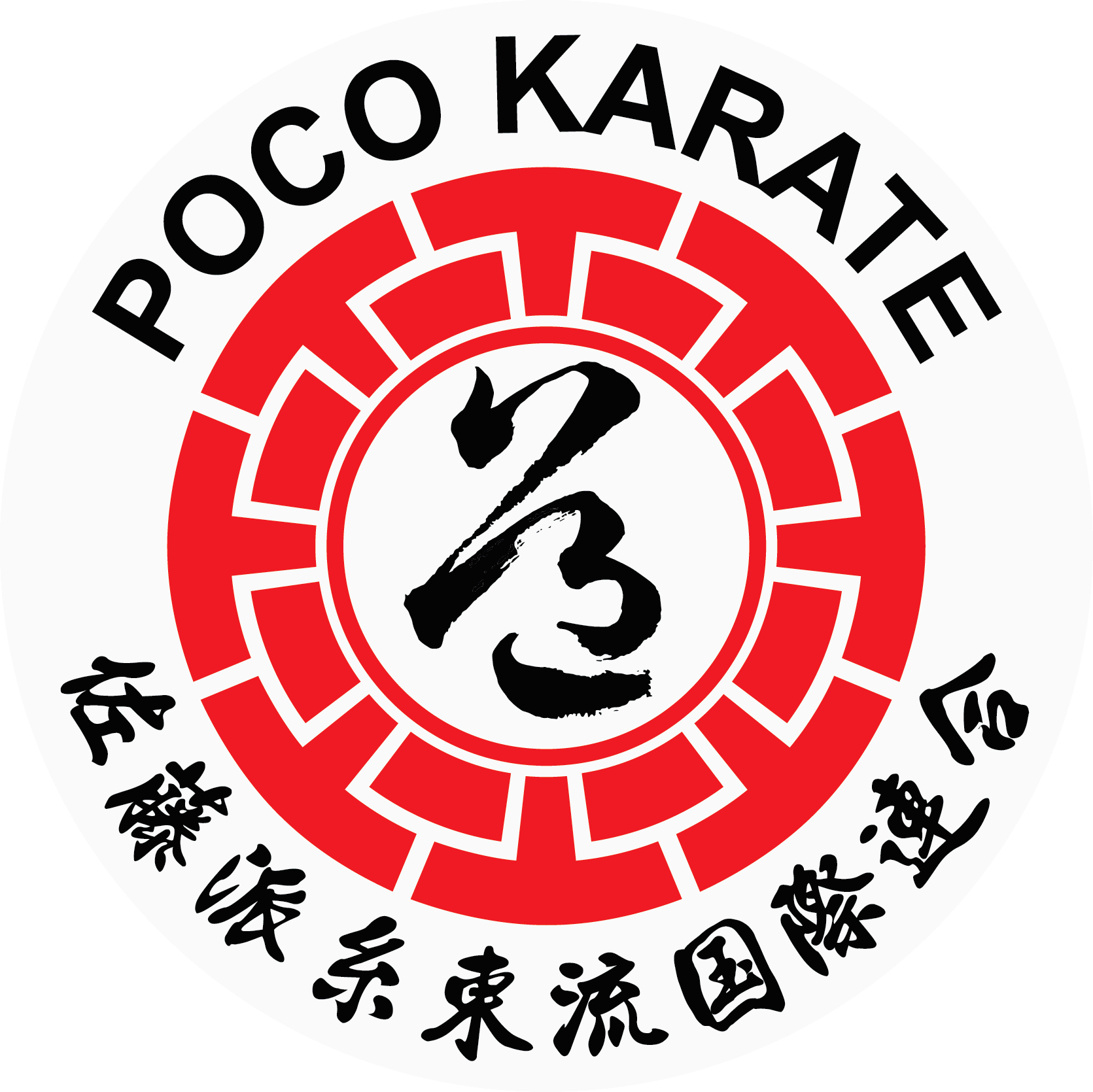The importance of Kata
- pocokarate
- Sep 11, 2022
- 2 min read
Updated: Sep 16, 2023
Kata are organized sequences of self defence movements that have been grouped together by master level instructors as a teaching instrument for students. To the uninformed observer, the practice of these forms appear to be a cross between shadow boxing and a bizarre dance, however, there is much more going on in the practice of Kata. Here is a (non-exhaustive) list of my thoughts on the importance of practising Kata.
1) Body awareness. At the most basic level, Katas are designed to teach students a better sense of body awareness, and improve the practitioners sense of where each part of their body is located and what it is doing at any one point in time.
2) Balance. Katas are full of a variety of stances, postures, and movements that provide opportunities to train core muscle strength and improve overall balance.
3) Breathing. Katas teach students to coordinate their breathing with their movements, as well as how to pace their breathing so that they maintain a calm and collected composure without running out of breath.

4) Athleticism. Many of the positions and movements in Kata require immense muscular effort and control. Low stances, explosive movements, slow controlled movements are just a few examples of Kata components that challenge a student to improve their overall physical fitness.
5) Muscle memory. Every physical movement that humans carry out can become more refined and automatic with practice. Kata provides a structured practice plan that encourages repetition of key movements in order to achieve a high level of performance.
6) Visualization. This is often an overlooked, but essential aspect of Kata. It is great to develop muscle memory for a particular technique, but without visualization of the circumstances in which it would be used, there is no mental trigger to activate that particular muscle memory reaction. In Kata, we practice visualization (imagining) an opponent so that we can connect our technique to a reactionary trigger in our minds, thereby increasing speed and accuracy of the movement when it is actually needed. Visualization is an important tool used in many sports to improve performance in athletes.
7) Bunkai (Analysis) or Oyo (Application). This step is the practice of the components of a Kata with a partner in order to fully understand the execution of the techniques and the many variables that may come into play. Practising the practical applications helps to improve the mental flexibility of the student when executing the techniques. As an iterative process, it also helps refine a students ability to accurately visualize the technique when they are practising the Kata without a partner.
8) Concentration and focus. Kata is demanding and challenges our brain to pull together so many things at the same time while pushing out unwanted thoughts or distractions. Repeated practice of Kata is proven to help students develop their concentration and focus.









Comments